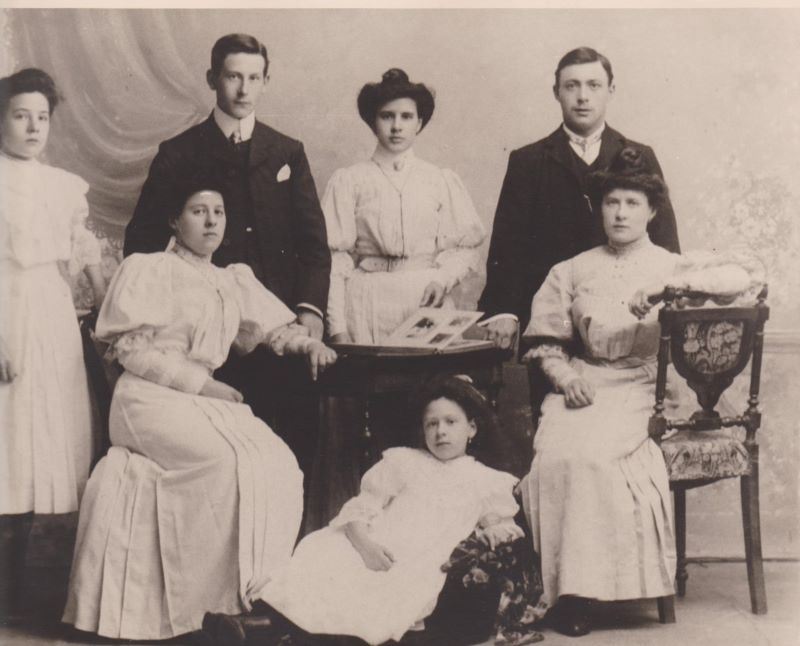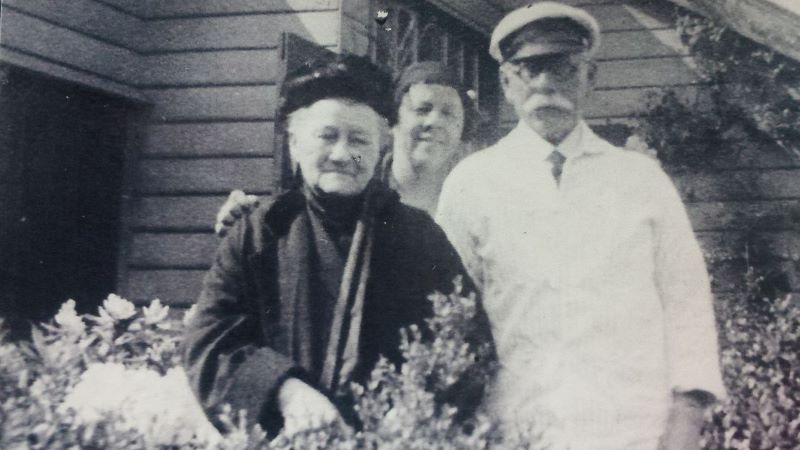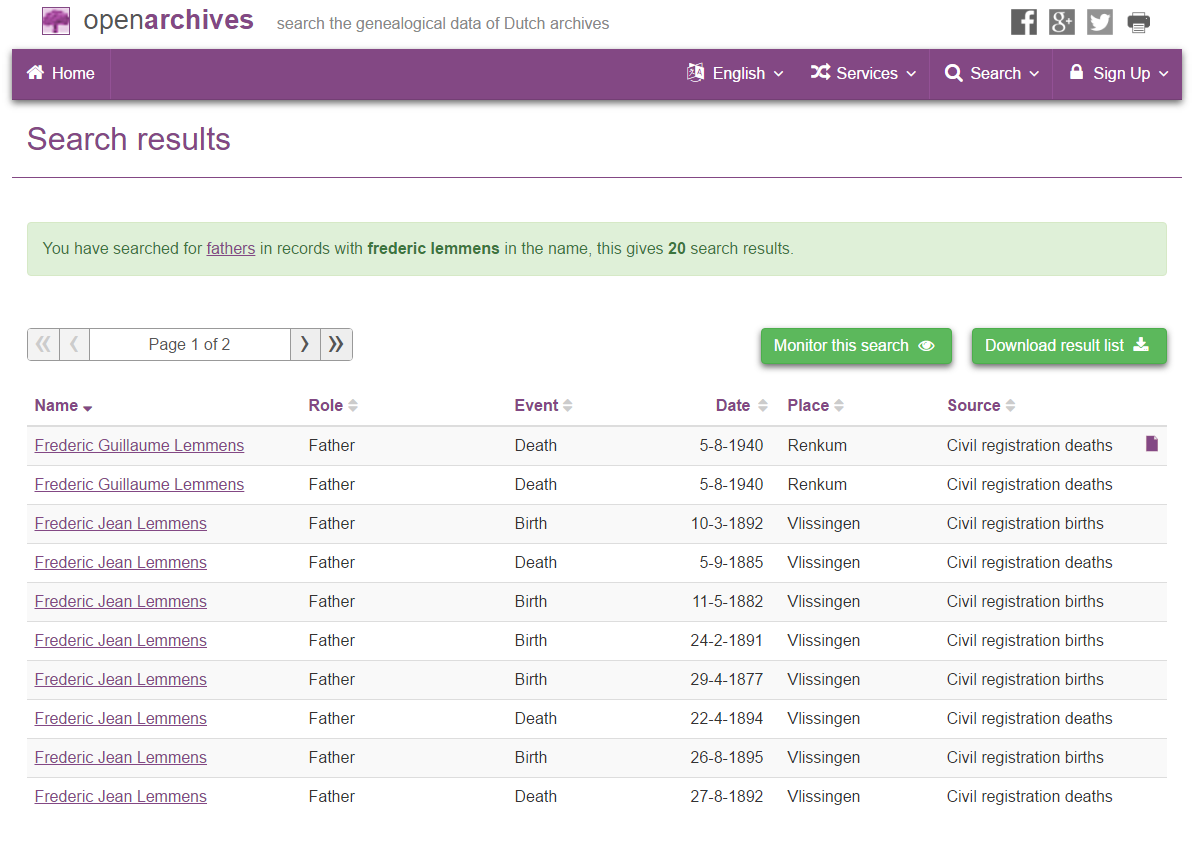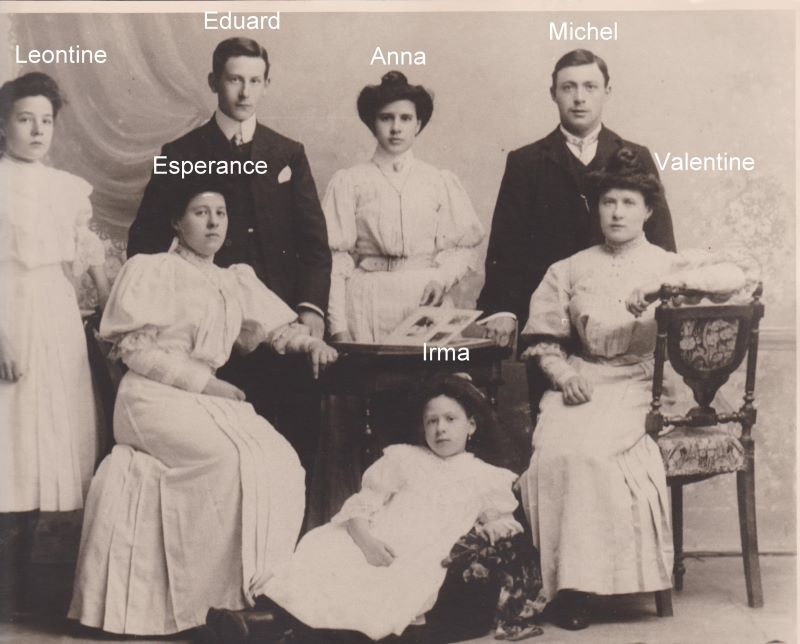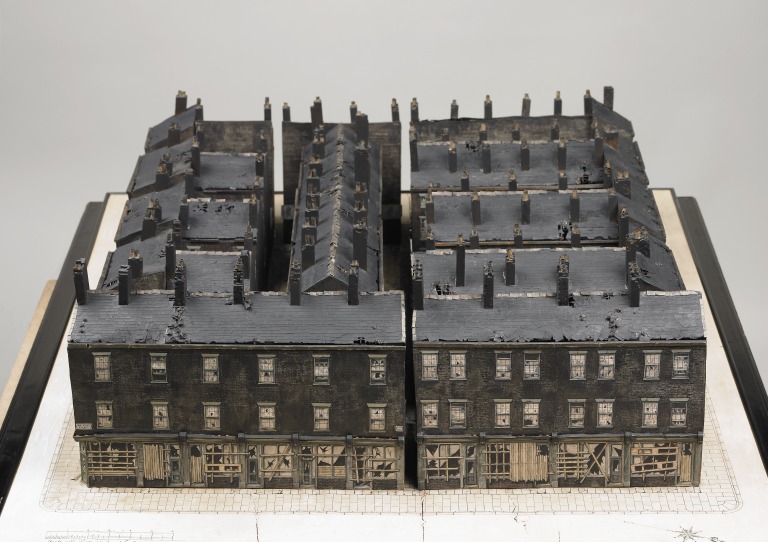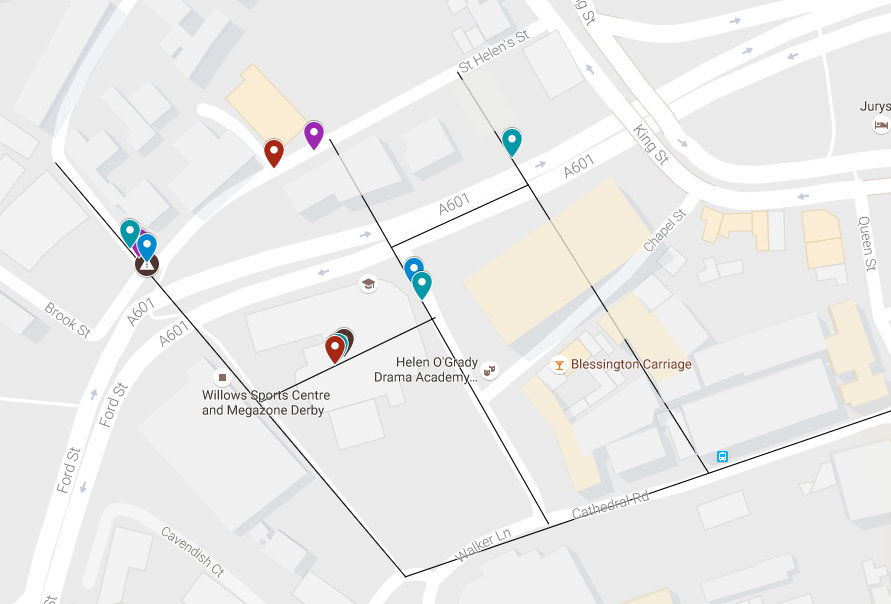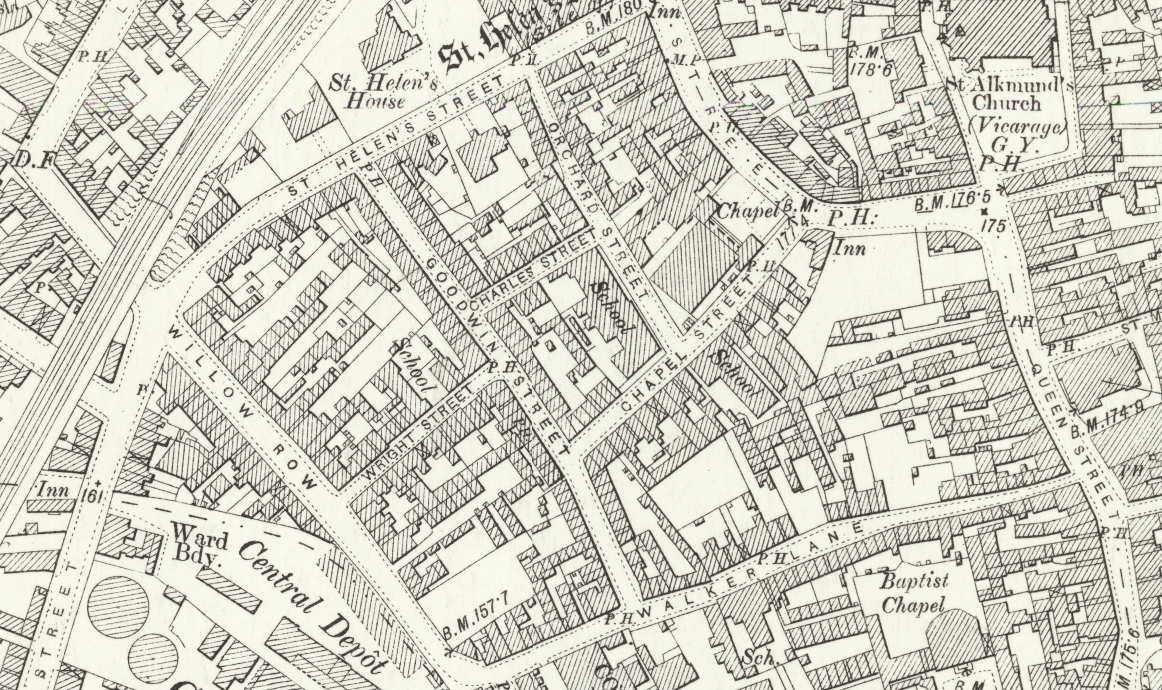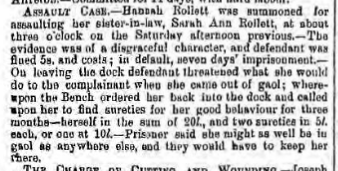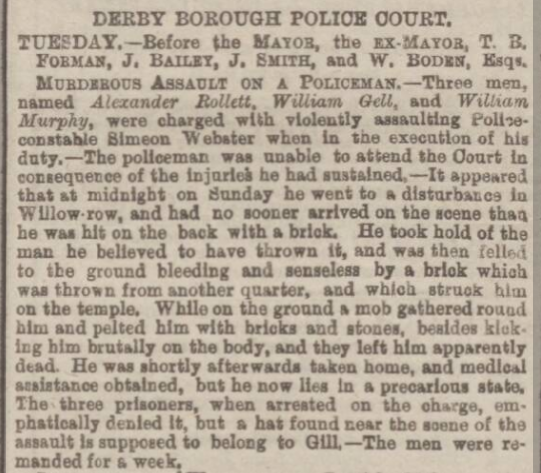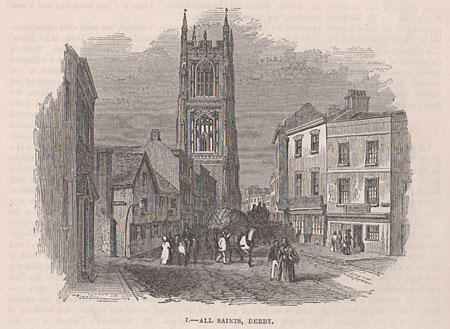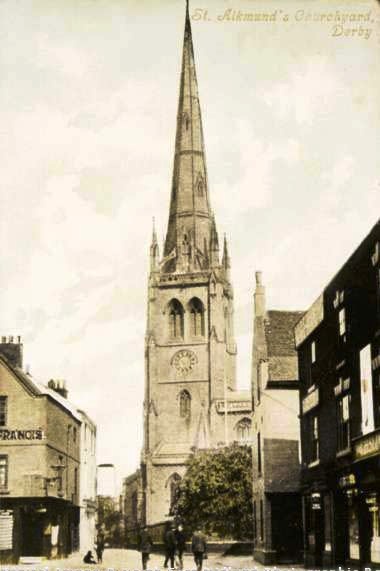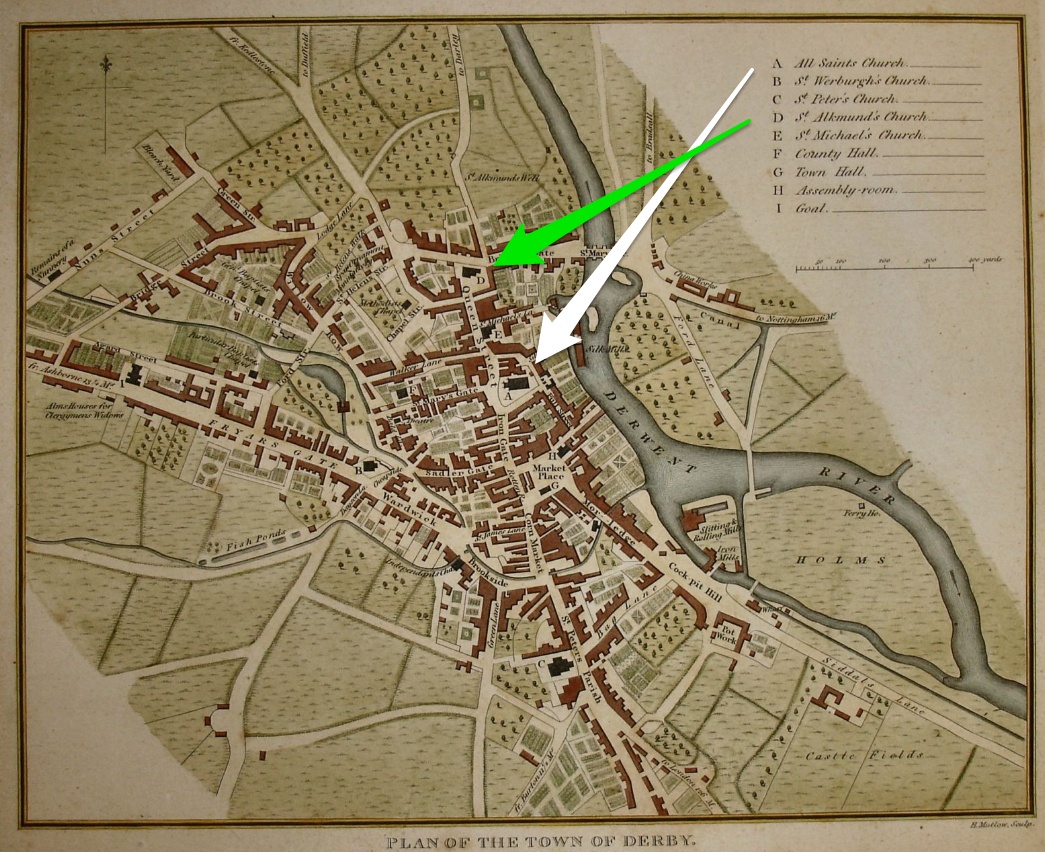It’s been a while since I looked into my Scottish forebears but was enticed back to search the Valuation Rolls held by Scotlands People. Happy to find William GLAISTER, smith, listed as occupier at the Smithy in Kelso (Bridge St & Abbey Row). The owner of the property was David FLEMING, Blacksmith.

The next (and only other) Glaister mention was a Mrs Janet Glaister, occupying a house and stable at 56 Horsemarket, Kelso.

This threw me for a bit, as by 1875, William had emigrated to New Zealand. The 1872 Hydaspes passenger list shows that his second wife, Janet, travelled with him so how could she be listed as tenant in Kelso? Then I realised this Janet was the wife of William’s brother, Thomas who died in 1870.
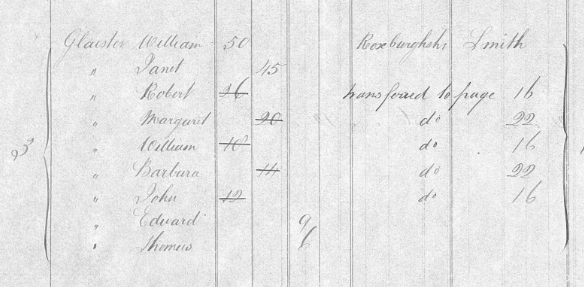
This encouraged me to find out more about exactly where the family lived and worked in Kelso. I trawled the Kelso Chronicle for any GLAISTER mentions and managed to find address details through advertisements;
“W. GLAISTER begs to intimate that he has removed to those commodious Premises in Bridge Street known as FLEMING’S SMITHY.” (Kelso Chronicle, 03 July 1863, p1 c6)
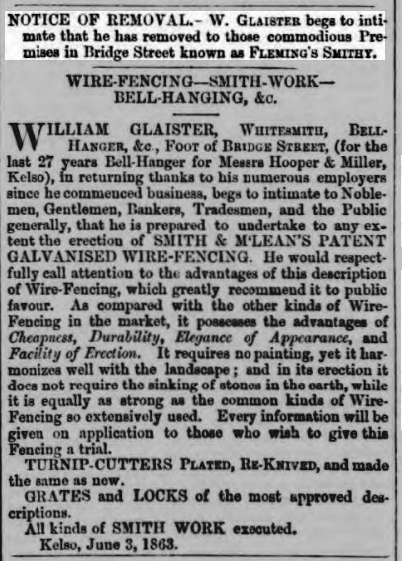
birth announcements;
“At Forest Field, Kelso, on the 9th inst, the wife of Mr William Glaister, smith and bellhanger, of a son.” (Kelso Chronicle 10 April 1863, p3 c6)

and court reports:
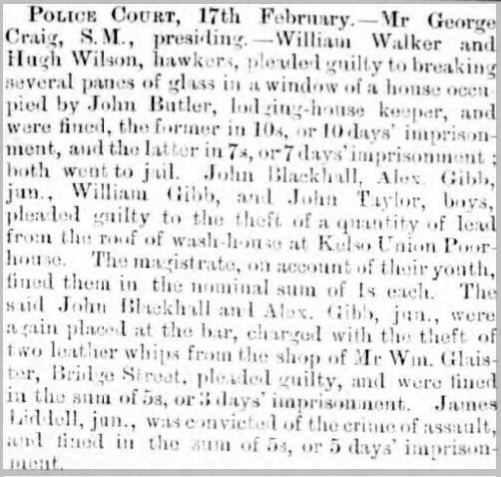
The valuation rolls, birth records and newspapers have thus helped me to more accurately trace the movements of this family around the town between the census years and enabled me to pinpoint buildings in which they lived and worked. The historical maps on the National Library of Scotland site, have allowed me to be even more precise. For example, the Bridge Street smithy is actually labelled on the 1847 Kelso town plan. Also, modern Forestfield is now a street name – old Forestfield seems to now be addressed as Inch Road.

So, the addresses I have pieced together so far are:
1841 – Woodmarket, Kelso (with mother)
1843 – Kelso (marriage certificate)
1851 – Roxburgh Street, Kelso
1853 – Kelso (birth of son – parish record)
1857 – Forrestfield, Kelso (marriage to 2nd wife)
1858 – 9 Forrest Field, Kelso (birth of daughter)
1860 – 9 Forrest Field, Kelso (birth of son)
1861 – 4 Forrestfield, Kelso (transcription error for 9?)
1862 – Shop at the foot of Horsemarket, Kelso (May 26) (newspaper advertisement)
1863 – Premises at Fleming’s Smithy, Bridge Street, Kelso (June 3) (newspaper advertisement)
1863 – 9 Forrest Field, Kelso (birth of son – register & newspaper)
1865 – Smithy (Bridge Street & Abbey Row), Kelso (Valuation Rolls)
1866 – Foot of Bridge Street, Kelso (Abbey Row – birth of son – newspaper announcement)
1868 – Bridge St (theft) (newspaper article)
1869 – House and shop in Bridge St, Kelso (until Whitsunday 1869)
1871 – 4 Coal Market Square, Kelso (then R Glaister & Co 18 Woodmarket)
1872 – New Zealand

